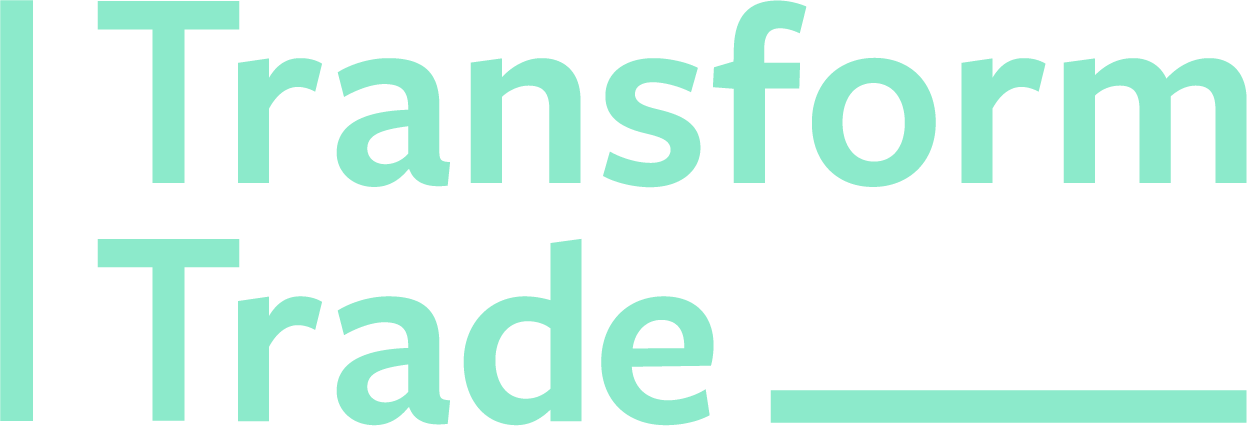The Government’s new trading scheme for developing countries – a step in the right direction
The UK Government launched its new trading ‘preference scheme’ for developing countries this week, and there’s much to welcome. The Developing Countries Trading Scheme (DCTS), which will be introduced next year, takes important steps to boost livelihoods through trade for millions of producers and workers across the Global South. But these steps are undermined by inconsistency and a lack of ambition across the Government’s wider approach to trade.
What is a Preference Scheme?
‘Preference schemes’ allow developing countries to export to other countries without facing import tariffs, lowering the cost of these products and boosting sales. The UK inherited the EU’s preference scheme after Brexit and has continued to provide three ‘tiers’ of preferences, based on a country’s income level.
‘Least Developed Countries’ (LDCs) – 47 countries including many in sub-Saharan Africa - are able to export everything but arms to the UK without facing tariffs. Countries classed as low and lower-middle income have tariffs reduced on two thirds of exports. And these tariffs are cut to zero under an ‘Enhanced’ tier if a country is classed as economically vulnerable – meaning it relies on a limited number of exports to the UK – and agrees to be bound by international agreements on human and labour rights, the environment, climate change, drugs and corruption. All countries can in theory be removed from the scheme for violations of human and labour rights agreements, although this has seldom happened in practice.
What’s good about the new scheme?
The DCTS includes welcome steps forward on developing country priorities, in particular on trade between countries in the Global South. Regional trade is a key driver of new industries and jobs, but the existing scheme sets strict limits on the use of materials from neighbouring countries if a product is to qualify for UK tariff cuts. For example, goods from Uganda won’t qualify if they include above a certain level of parts imported from neighbouring Tanzania. Under the new scheme, goods from LDCs such as Uganda and Tanzania will be able to use unlimited parts from all other developing countries, plus a higher level of parts from countries not in the scheme, and still qualify – an important boost for the development of regional supply chains, especially in Africa given the concentration of LDCs on the continent.
The Government is undermining its own scheme in Africa
But this comes in a continuing – and frustrating – context of other UK trade policies actively undermining regional trade in Africa. Following Brexit, the UK pushed for controversial ‘Economic Partnership Agreements’ (EPAs) with a number of individual African countries including Kenya, Ghana, Cameroon and Cote d’Ivoire, under the threat of scrapping their access to existing tariff reductions. The Government has stated it plans to continue this approach. Yet these EPAs increase border checks between neighbouring countries, making transporting goods more complicated and expensive. And they force countries to scrap their own tariffs on imports from the UK before their industries are ready to compete. If the Government is committed to boosting trade within Africa, it must drop EPAs and focus on a truly regional approach to trade with developing countries.
The new scheme also opens up the Enhanced tier to all low and lower-middle income countries apart from India and Indonesia, by making economic vulnerability the only criteria. This category includes countries like Kenya and Ghana and so begs the question - will the Government let countries with EPAs switch to the preference scheme if they choose?
Protection for Least Developed Countries remains key
The Government is also increasing the number of products with zero tariffs under the Enhanced tier. But there is a real danger that this could undermine the zero-tariff advantage currently enjoyed by LDCs in exporting these products to the UK. So we’re pleased that the Government has pledged to exclude products on which LDCs rely for UK exports – this will now need careful calculation, and ongoing monitoring to make sure LDCs are not impacted. The new scheme also provides support for countries that are set to ‘graduate’ from Least Developed status, such as Bangladesh, by guaranteeing they will go straight into the newly expanded ‘Enhanced’ tier.
Inconsistency on climate
The DCTS makes progress on climate too. Violation of the Paris Agreement – which aims to limit warming to 1.5 degrees – and agreements on the environment will be added to violations of international agreements on labour and human rights as grounds for suspension from the entire scheme. Improved engagement with governments and civil society to monitor violations and a clear sanctions process will now be important – and should be extended beyond the preference scheme to all the UK’s trade deal partners.
The inclusion of climate in the scheme is welcome, but contrasts with the Government’s failure of ambition across other areas of trade policy, including its trade deals with developed countries. The recent deal signed with Australia – and then rushed through Parliament without a debate - reportedly cut mention of 1.5 degrees and failed to mention fossil fuels, despite Australia’s track record as one of the worst on climate. And the UK Government is pursuing trade deals with the Gulf states – another group of climate offenders – alongside entry to the huge trans-Pacific CPTPP trade deal, which gives investors the right to sue governments over climate action. There should not be one approach for countries in the Global South, and another for the UK’s wealthier trading partners.

